Actuators can be classified based on their driving method into the following categories:
1. Electric Actuators
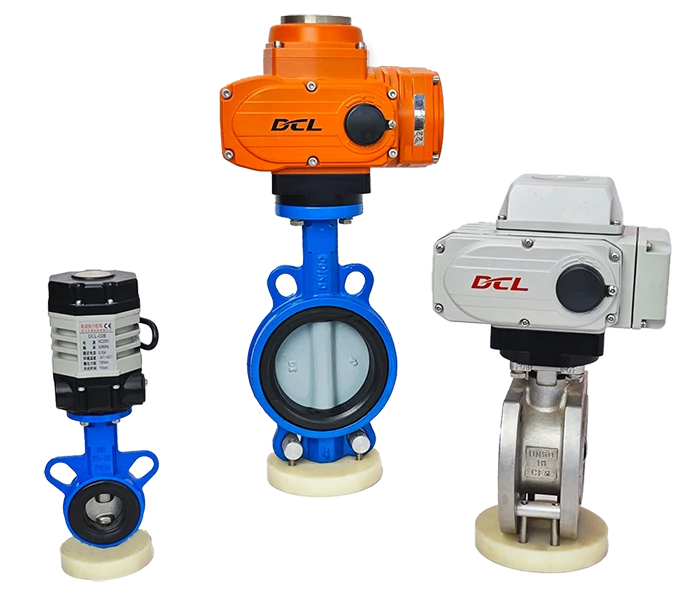
Electric actuators use an electric motor as the power source, converting electrical energy into mechanical motion to drive the valve.
Advantages:
✔ Adjustable speed
✔ High positioning accuracy
✔ Large torque output
Disadvantages:
✖ Thermal effects of the motor may trigger heat protection in high-frequency regulation applications
Best For:
✅ High-precision applications requiring strong controllability
2. Hydraulic Actuators

Hydraulic actuators use hydraulic oil as the power source, converting hydraulic pressure into mechanical motion to drive the valve.
Advantages:
✔ High load-bearing capacity
Disadvantages:
✖ Poor controllability
✖ Large and bulky system
✖ Requires additional hydraulic stations and oil pipelines
Best For:
✅ High-power, high-torque, and heavy-load applications
3. Pneumatic Actuators
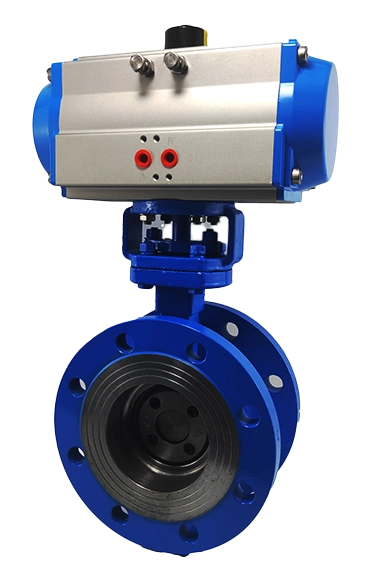
Pneumatic actuators use compressed air as the power source, converting air pressure into mechanical motion to drive the valve.
Advantages:
✔ Simple structure
✔ Does not use electricity, making it ideal for hazardous environments (chemical plants, explosive areas, etc.)
Disadvantages:
✖ Low control accuracy
✖ Slow response time
✖ Requires an external air supply system
Best For:
✅ High-frequency applications and explosive environments
4. Electro-Hydraulic Actuators
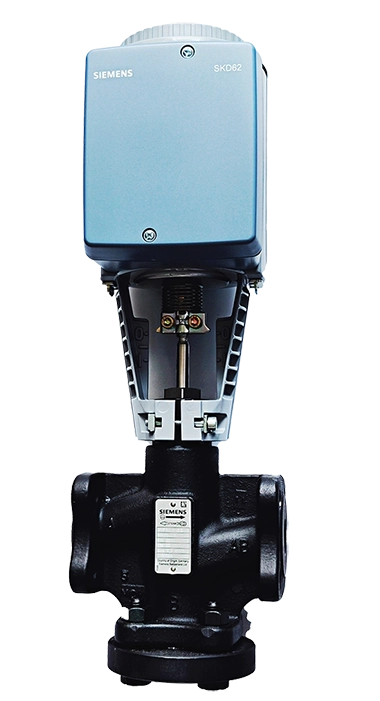
Electro-hydraulic actuators combine electric and hydraulic actuation, where an electric motor drives a hydraulic pump to convert electrical energy into hydraulic power for valve control.
Advantages:
✔ High load-bearing capacity like hydraulic actuators
✔ High precision and strong control like electric actuators
Disadvantages:
✖ Complex structure
✖ High cost
Best For:
✅ Heavy-load applications requiring both high precision and strong control
How to Choose the Right Actuator?
| Application Needs | Recommended Actuator Type |
|---|---|
| High precision and controllability | Electric Actuator |
| Heavy load, high torque applications | Hydraulic Actuator |
| Explosive or hazardous environments | Pneumatic Actuator |
| Large load with high precision control | Electro-Hydraulic Actuator |
By understanding these different types of actuators, you can select the most suitable actuator for your specific working conditions.

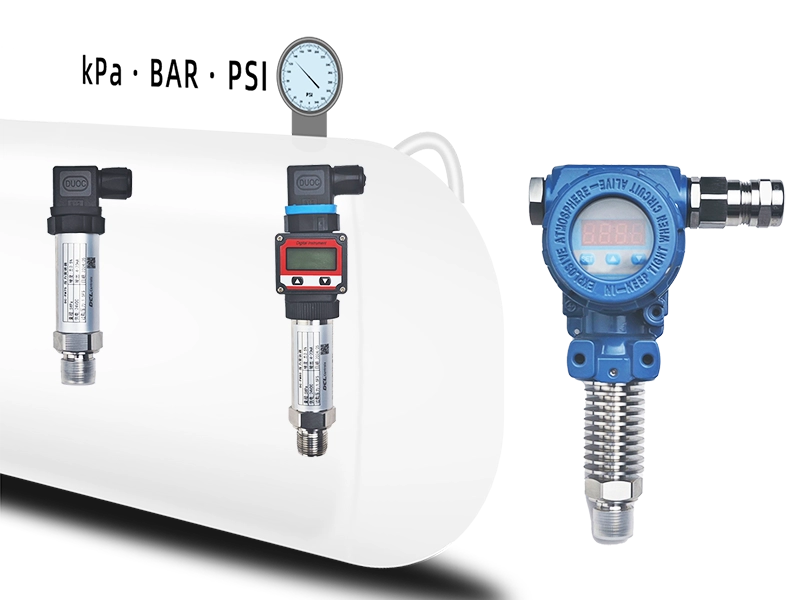
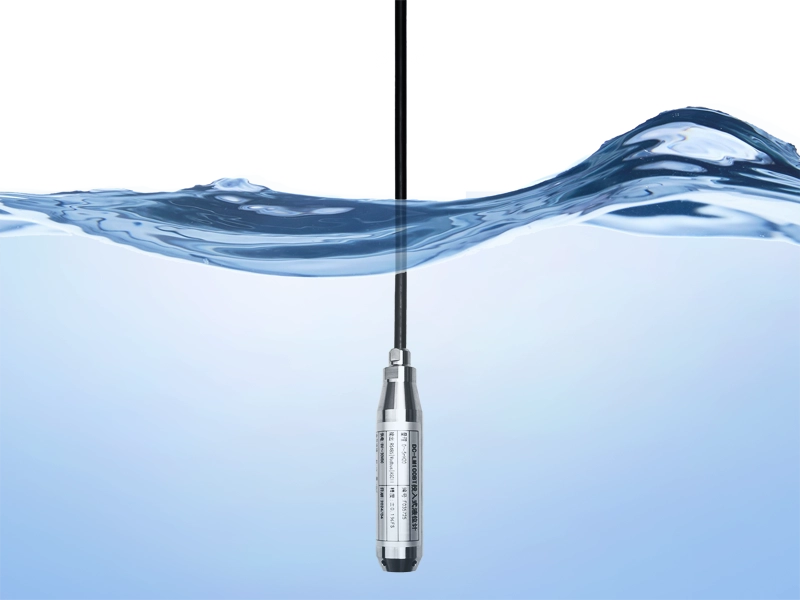





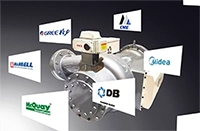


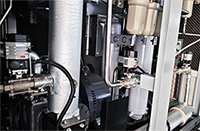



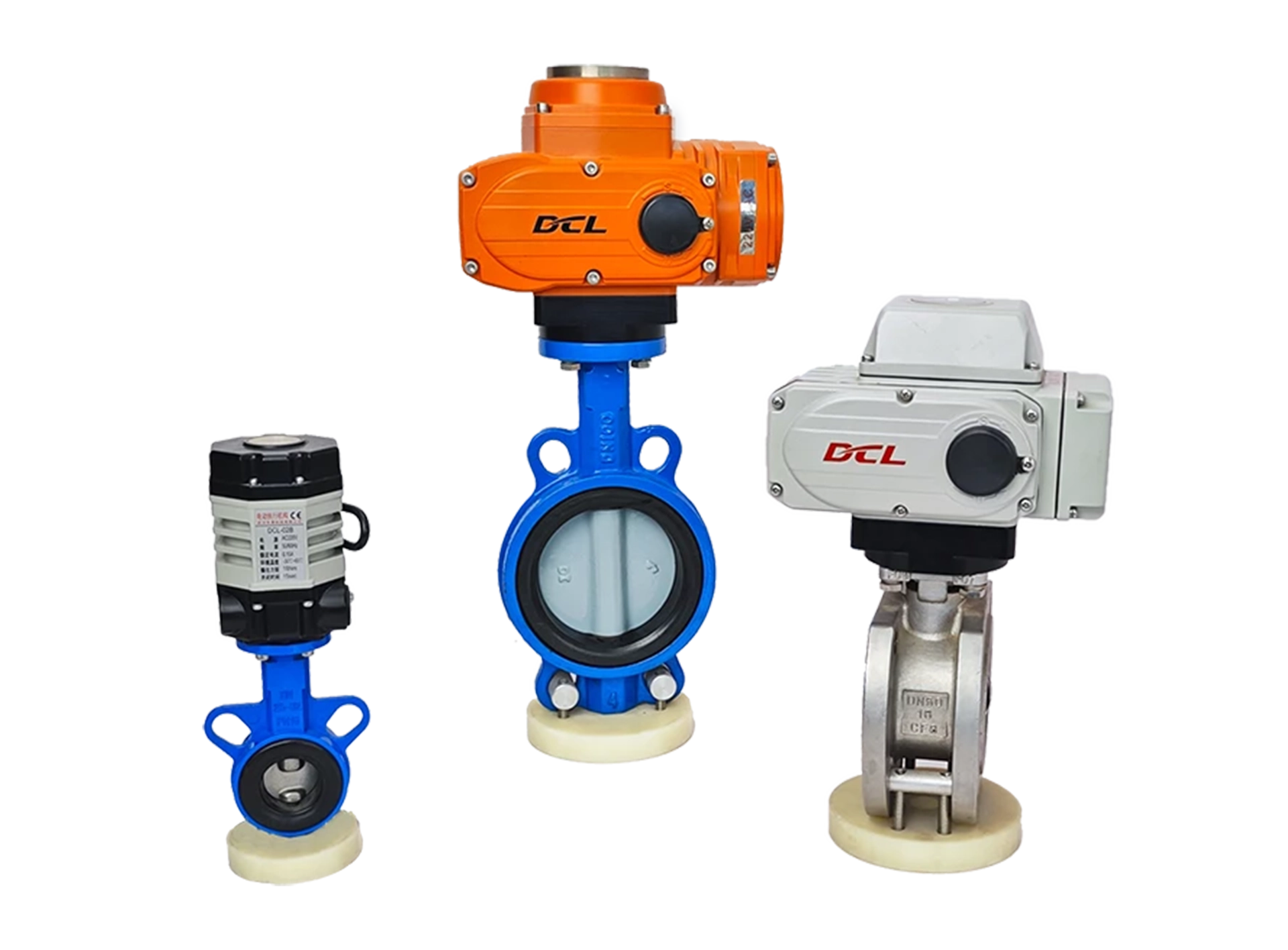












 鄂公网安备 42018502006527号
鄂公网安备 42018502006527号